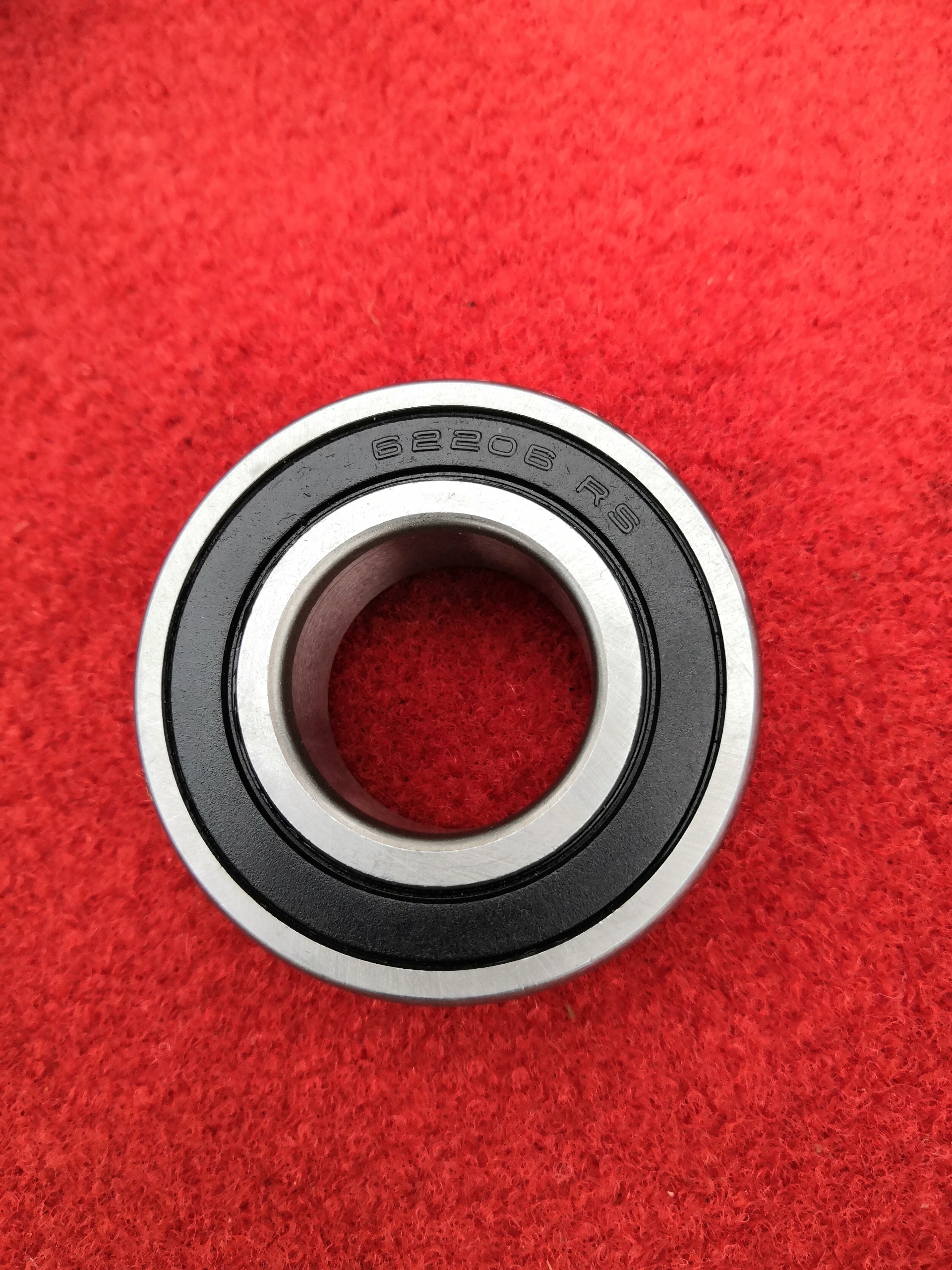
10 月 . 18, 2024 03:53 Back to list
Understanding the Purpose and Function of Thrust Bearings in Mechanical Systems
Understanding Thrust Bearings Fundamentals and Applications
A thrust bearing is a specific type of bearing designed to support axial loads, which are forces that act parallel to the shaft. Unlike radial bearings, which are intended to handle loads perpendicular to shaft rotation, thrust bearings provide crucial support for applications where forces are aligned along the axis of rotation. These components are fundamental in various machines, ranging from automotive transmissions to heavy industrial equipment.
Types of Thrust Bearings
There are several types of thrust bearings, each serving distinct functions and suitable for different applications
1. Ball Thrust Bearings These consist of ball elements positioned between two grooved washers. They are capable of handling moderate axial loads and are often used in situations where limited space is available, such as in electric motors and small machines.
2. Roller Thrust Bearings Unlike ball bearings, roller thrust bearings utilize cylindrical rollers. This design allows them to support higher axial loads and reduce friction, making them ideal for heavy machinery like cranes and gear drives.
3. Fluid Thrust Bearings These are non-contact bearings that use a film of fluid to separate the moving parts, significantly reducing friction and wear. Fluid thrust bearings are commonly found in high-speed applications such as turbines.
4. Magnetic Thrust Bearings These employ magnetic fields to create a levitating effect, eliminating contact between moving parts. This innovative design minimizes friction and wear, making it suitable for the most demanding applications, including spacecraft and advanced industrial machines.
Function and Importance
Thrust bearings play a critical role in the performance and efficiency of machinery. They are designed to withstand the forces generated during operation, ensuring stability and reducing wear on components. When thrust bearings fail or are improperly installed, it can lead to catastrophic machinery failures, resulting in costly downtime and repairs. Therefore, understanding the load capacities and operational limits of thrust bearings is essential for engineers and maintenance professionals.
what is a thrust bearing

In addition to providing support, thrust bearings also contribute to the smooth operation of machinery. The ability to minimize friction enables efficient energy consumption, which is crucial in applications where energy costs are a significant concern. Furthermore, by absorbing shocks and vibrations, thrust bearings can protect other machine parts from damage, extending the overall lifespan of equipment.
Applications
Thrust bearings are found in a wide range of applications across various industries
- Automotive In vehicles, thrust bearings are commonly used in transmissions and engine components to manage the forces exerted by gear engagement and power transfer.
- Aerospace High-performance thrust bearings are critical in aircraft engines, where they must withstand extreme conditions while maintaining reliability and performance.
- Manufacturing In industrial machinery, thrust bearings support rotary shafts in mills, lathes, and other equipment, ensuring smooth operation and preventing downtime.
- Marine In marine applications, thrust bearings are utilized in propeller shafts to handle the significant axial loads generated during movement through water.
Conclusion
In summary, thrust bearings are integral components in numerous mechanical systems. Their ability to handle axial loads, minimize friction, and absorb shocks makes them invaluable in various applications, from automotive to aerospace. Understanding the different types and functions of thrust bearings can help engineers and technicians select the right bearing for their specific needs, thereby enhancing system performance and longevity. As technology continues to evolve, so too will the designs and materials used in thrust bearings, pushing the boundaries of what is possible in mechanical engineering.
Latest news
-
Unlocking Efficiency with Spherical Roller Bearings
NewsOct.29,2024
-
The Ultimate Guide to Thrust Ball Bearings
NewsOct.29,2024
-
The Power of Thrust Roller Bearings: Engineered for Excellence
NewsOct.29,2024
-
The Power of Deep Groove Ball Bearings for Your Application Needs!
NewsOct.29,2024
-
The Power and Performance of Cylindrical Roller Bearings
NewsOct.29,2024
-
High-Quality Ball Bearing Manufacturing Machines
NewsOct.29,2024
